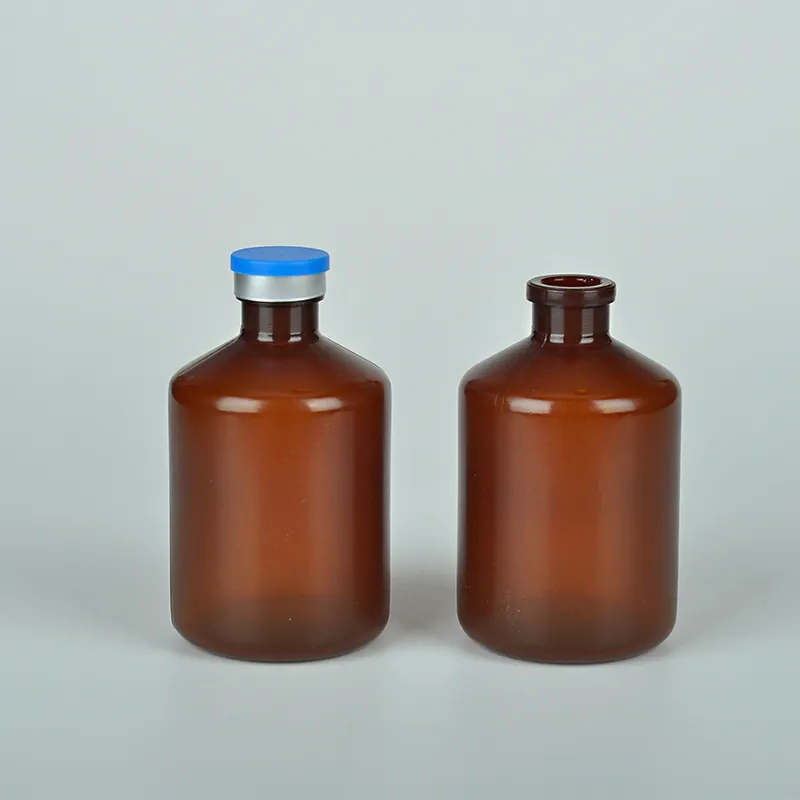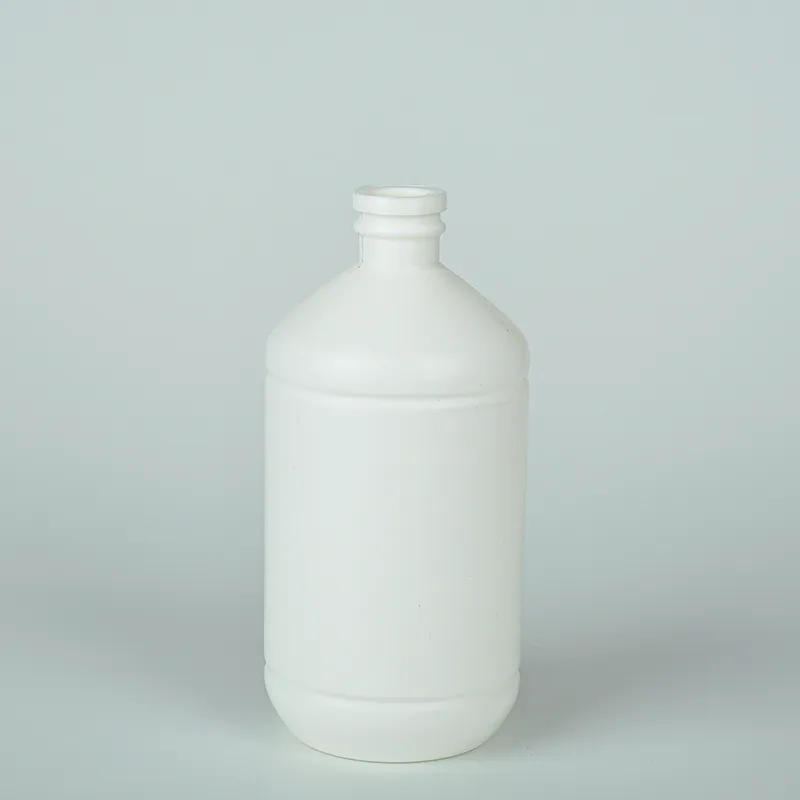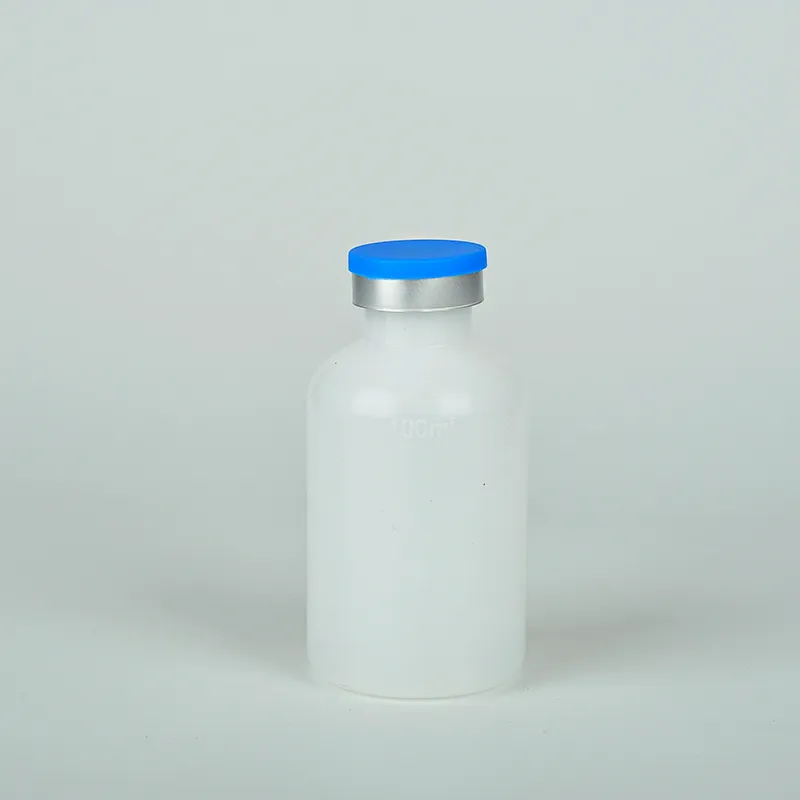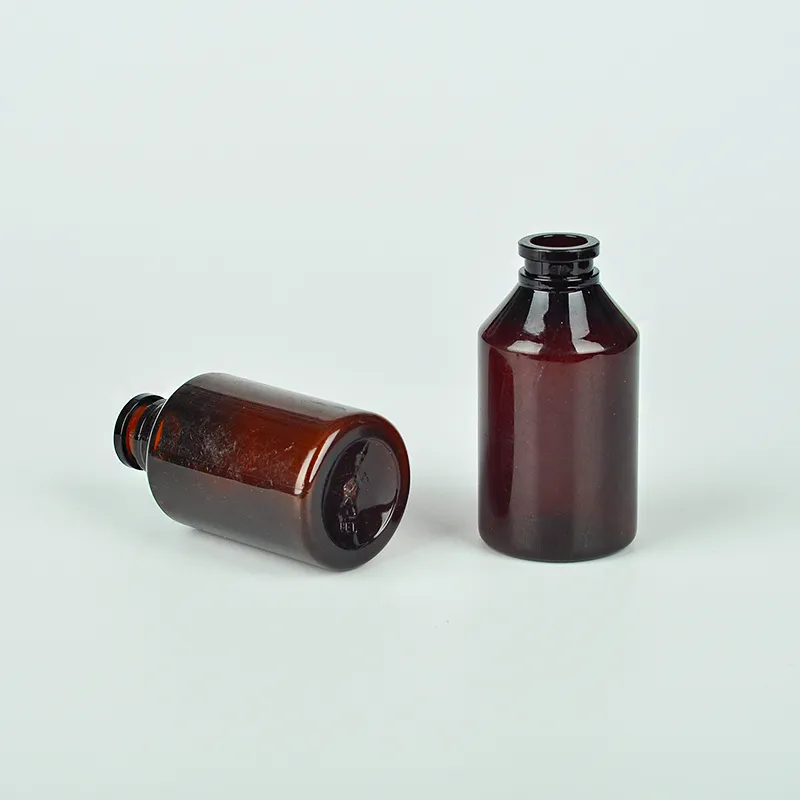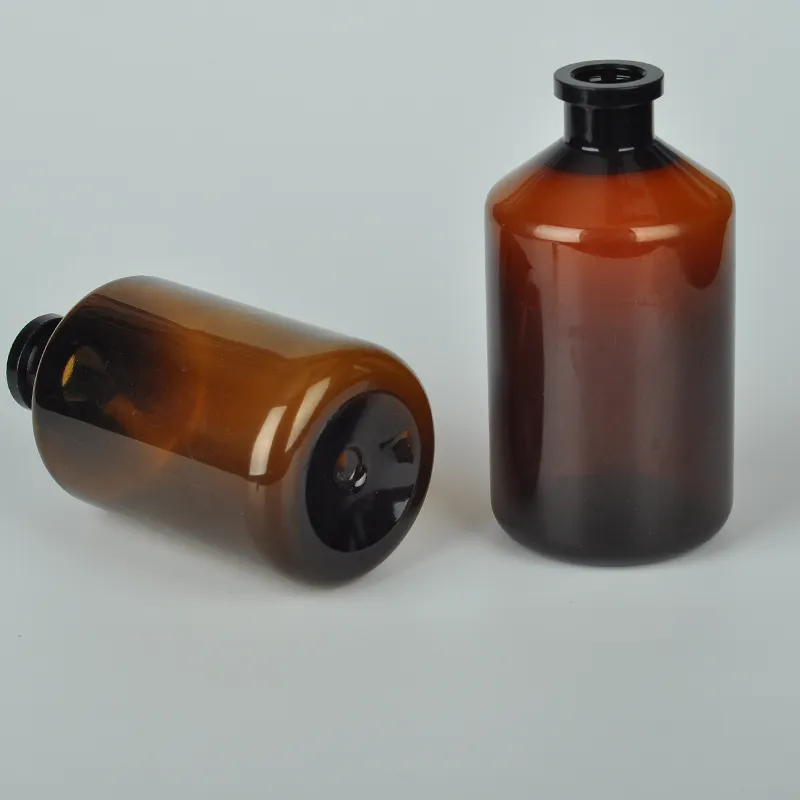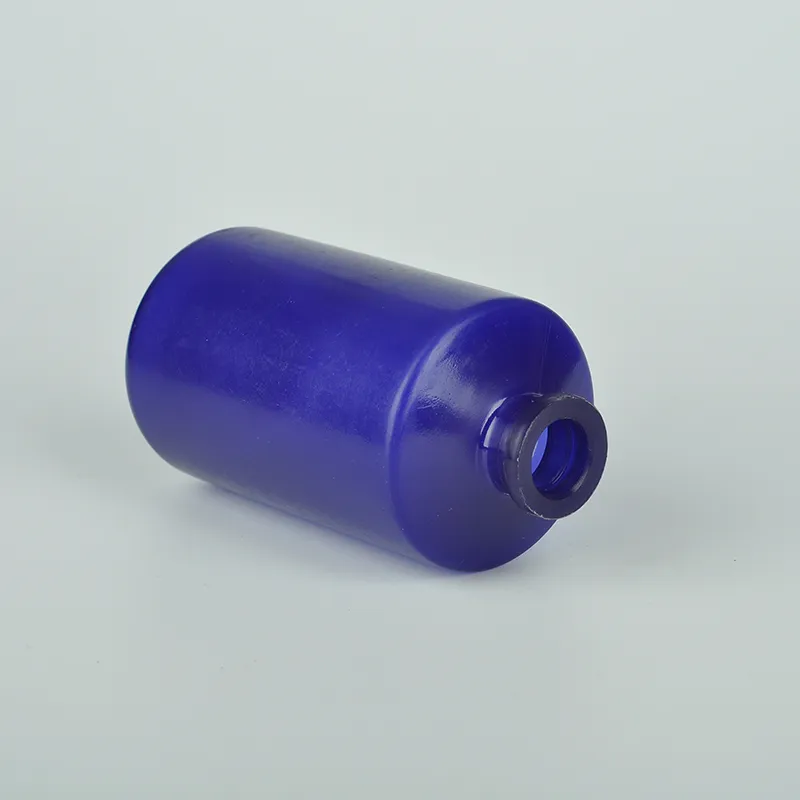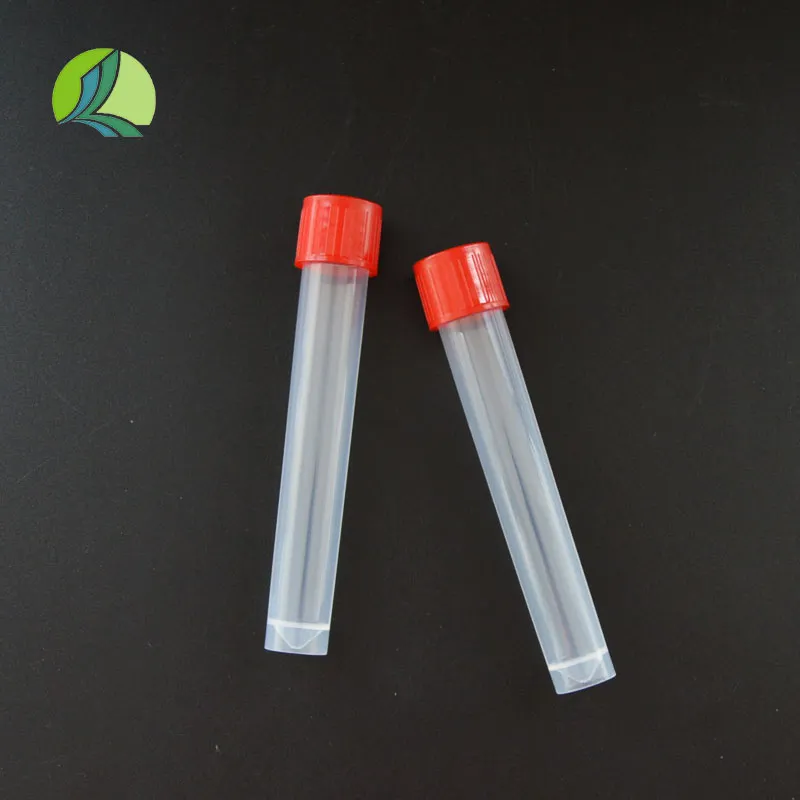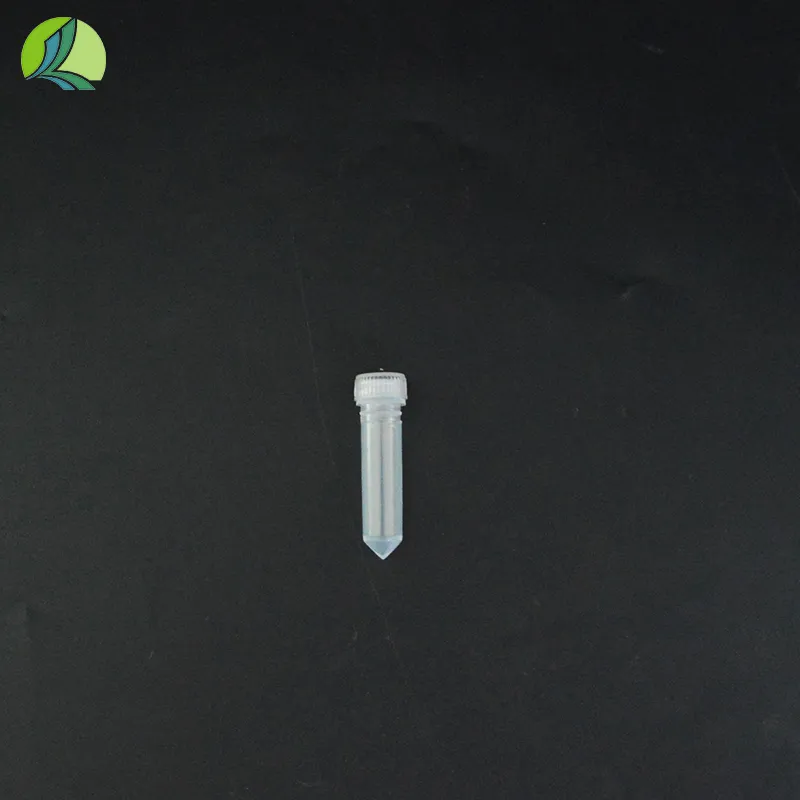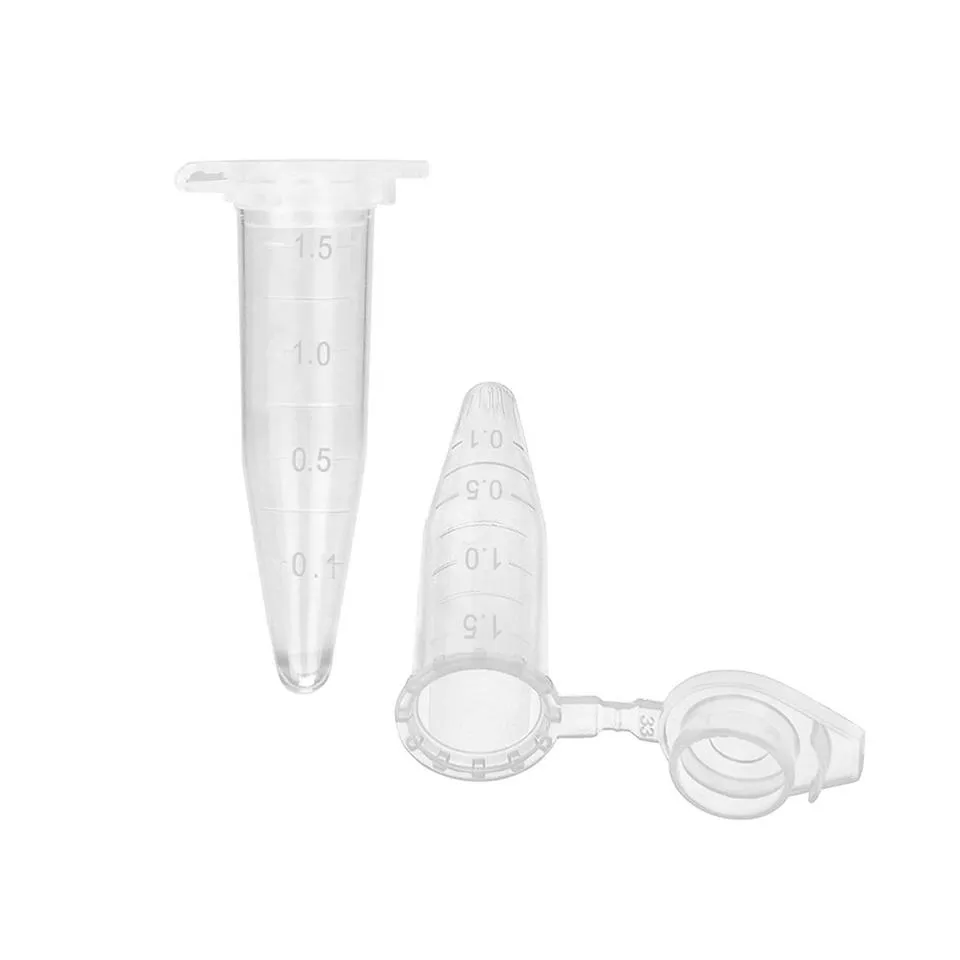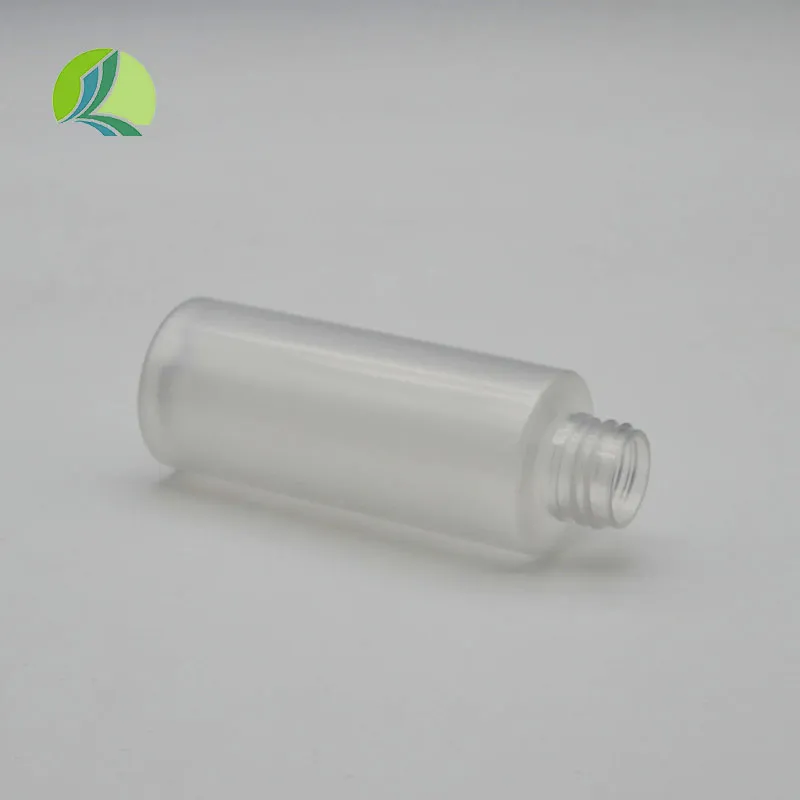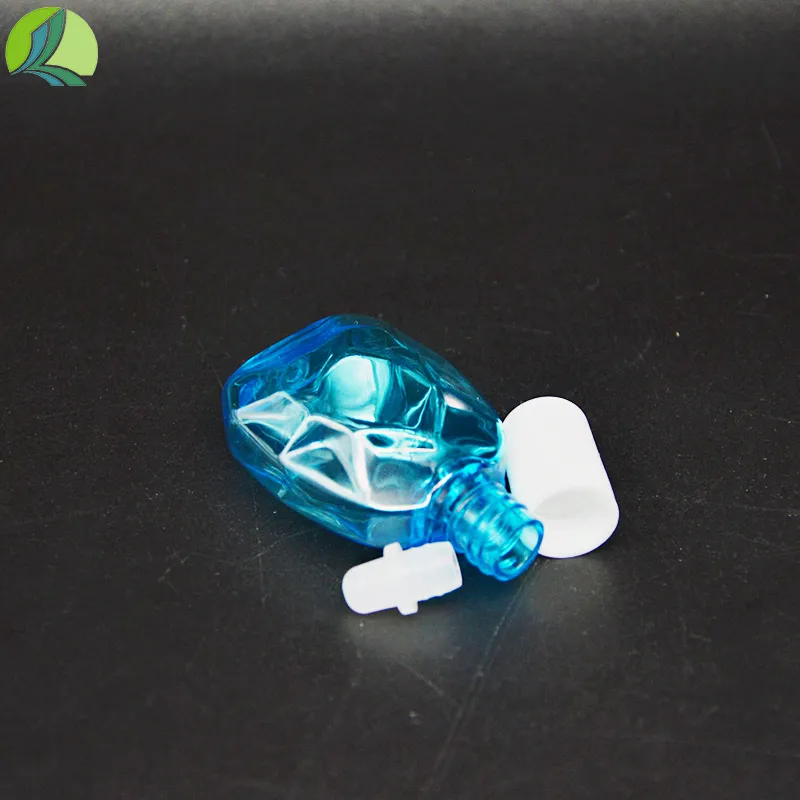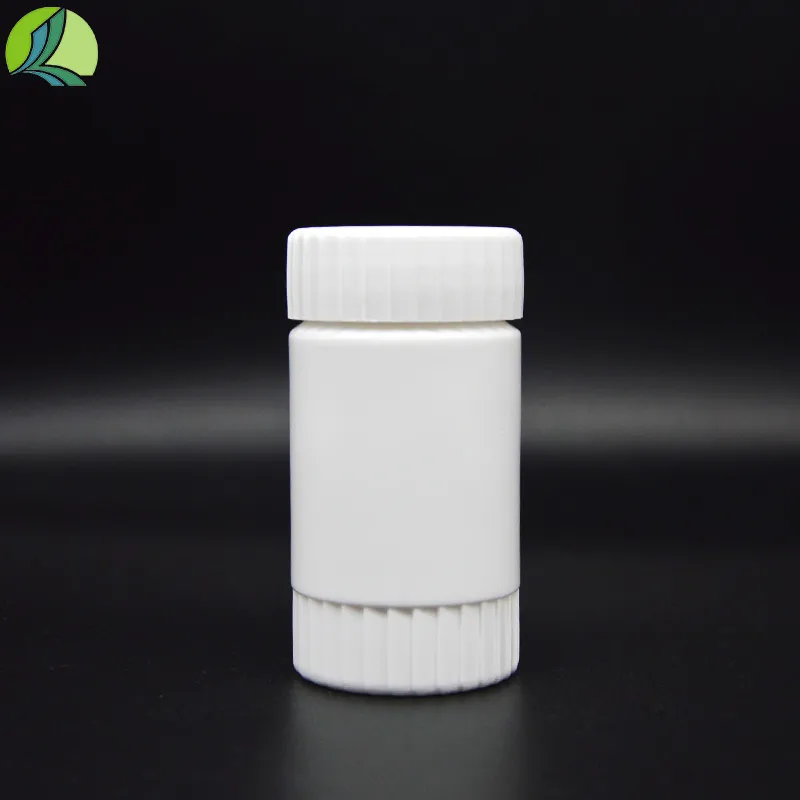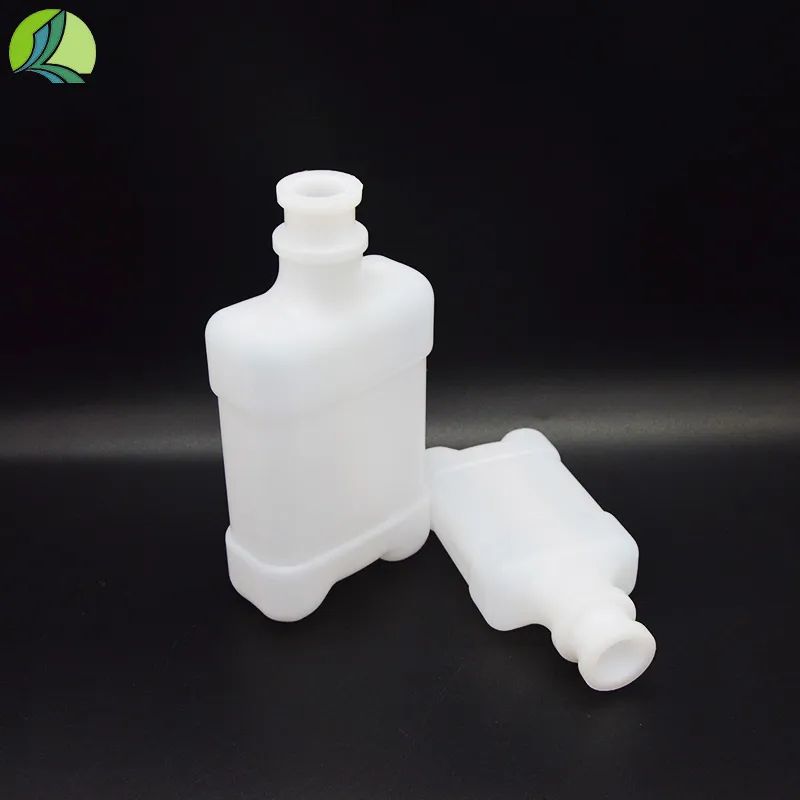Exploring Various Sizes of Petri Dishes for Scientific Applications
Understanding Petri Dish Sizes and Their Applications
Petri dishes, also known as Petri plates or cell-culture dishes, are essential tools in microbiology and various scientific fields. Named after the German bacteriologist Julius Richard Petri, these shallow, cylindrical dishes are typically made from glass or clear plastic and play a critical role in the growth and study of microorganisms, cells, and tissue cultures. Understanding the sizes and types of Petri dishes is crucial for effective experimentation and research.
Petri dishes come in a variety of sizes, standardized to ensure compatibility with laboratory equipment and procedures. The most common diameter sizes include 35 mm, 60 mm, 90 mm, and 100 mm. Each size serves specific purposes depending on the type of experiments being conducted.
Understanding Petri Dish Sizes and Their Applications
The 60 mm Petri dish is a popular choice for routine microbiological work. It provides a larger surface area than the 35 mm dish while still being manageable in size for handling and storage. This size is frequently employed for culturing a variety of bacteria and fungi, as well as for biochemical tests that require a moderate amount of medium.
petri dish sizes

For larger-scale experiments, the 90 mm and 100 mm Petri dishes are preferred. These dishes have a greater surface area, allowing for the growth of larger colonies and multiple samples at once. They are particularly useful in educational settings, where multiple students can perform experiments simultaneously. Additionally, their size is significant for more extensive microbial studies, allowing for a broader range of microbial interactions and growth patterns to be observed.
In addition to their size variations, Petri dishes can also be categorized based on their design and material. Sterile, disposable plastic Petri dishes are widely popular in laboratories due to their convenience and reduced risk of contamination. Glass Petri dishes, on the other hand, can be reused after proper sterilization, making them eco-friendly options favored in high-precision environments.
The choice of Petri dish size and type is often guided by the specific requirements of an experiment, including the number of samples, the type of growth media used, and the nature of the microorganisms being studied. Furthermore, researchers must consider factors such as oxygen availability, nutrient distribution, and surface area when selecting an appropriate dish.
To sum up, Petri dish sizes play a vital role in the realm of scientific research, particularly in microbiology. By choosing the appropriate size—whether it be the small 35 mm dish for concentrated studies or the larger 100 mm dish for broad observational work—scientists can optimize their experiments for more effective results. The design and material of the dishes also contribute to their functionality, making them indispensable tools in laboratories worldwide. Understanding these aspects of Petri dishes enables researchers to enhance their methodologies, ultimately advancing our knowledge in various scientific disciplines.
-
Aesthetic Makeup Spray Bottles | Fine Mist Empty RefillableNewsAug.19,2025
-
White Plastic Veterinary Vaccine Vials | Lab Liquid BottlesNewsAug.18,2025
-
Plastic Medicine Liquid Bottle: Secure Flip Top Drug VialsNewsAug.17,2025
-
Durable 250ml Blue Plastic Vaccine Vial for Lab & Vet UseNewsAug.16,2025
-
Sterile Virus Sample Tubes: Secure & Reliable Specimen CollectionNewsAug.15,2025
-
White 250ml Plastic Vaccine Vial for Lab & Vet MedicineNewsAug.14,2025





